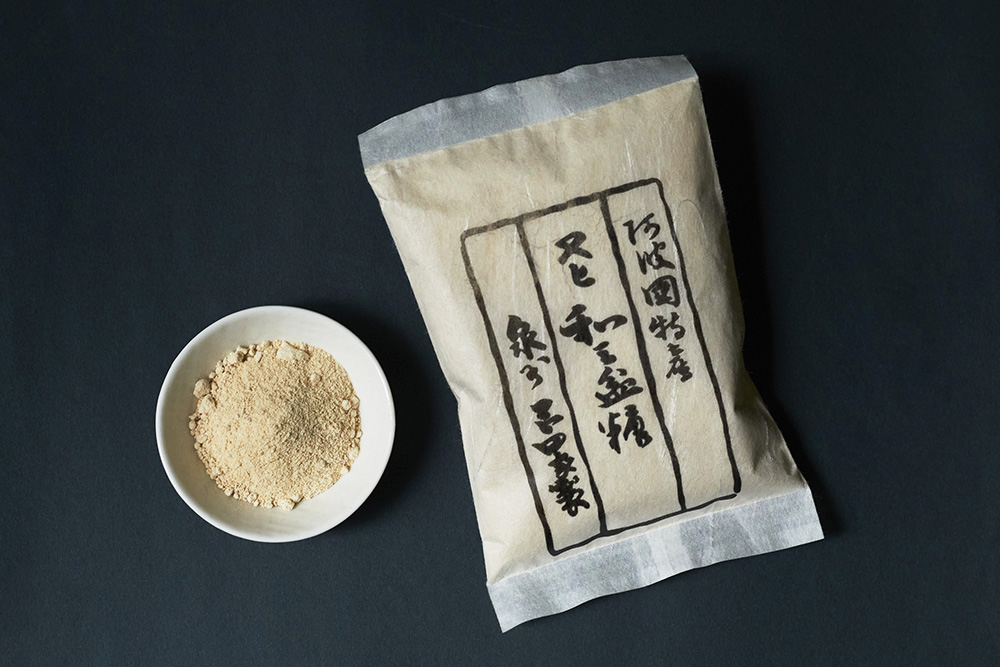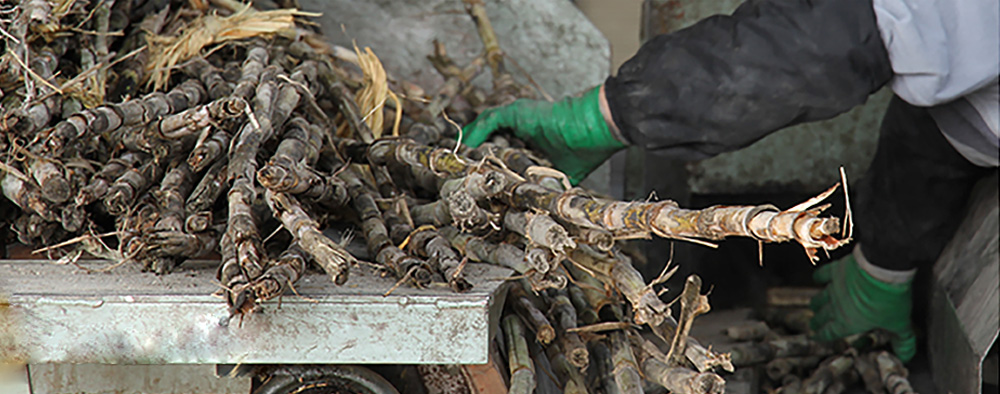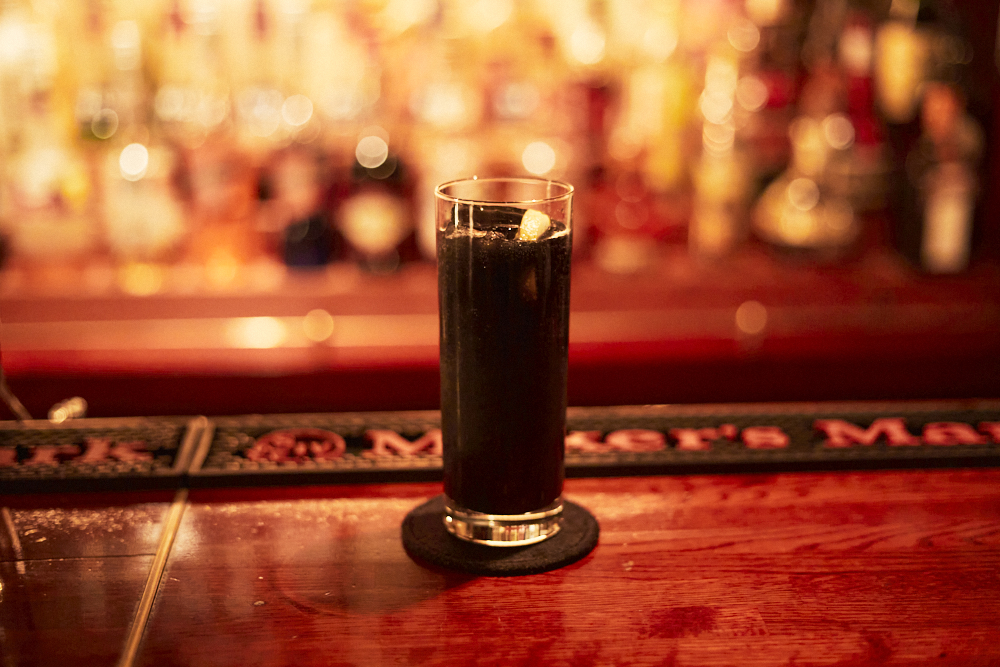English
Wasanbon: Tokushima’s Native Sugar that has Chefs Smacking Their Lips

Just like a wine connoisseur would know their grapes, any Japanese patissier worth their sugar would know about wasanbon. The “wa” in there might tip you off that, just like wagashi (Japanese sweets) or washoku (Japanese cuisine), this wasanbon is something uniquely and proudly Japanese. The “wa” does stand for Japanese, while the “san” and “bon” refer to “thrice refined.” It's high-quality Japanese sugar, and more specifically it is from Tokushima and part of Kagawa, in Shikoku. These southern prefectures traditionally grow a rare variety of sugar cane called chikuto or hoso-kibi. Harvested at the end of the year when sugar content is highest, this sugar cane yields very fine, pale golden sugar with fragrant notes of butter and honey. Traditionally used in wagashi sweets such as yokan, wasanbon has come to be also used in tea or coffee, baked goods and even savory recipes. Why is not all sugar in shops wasanbon, you might be wondering? It's purely because this sugar is manufactured by hand in a laborious process, and the high-quality product is rather scarce. So, the best place you can get your hands on the sweet delicacy is undoubtedly Tokushima prefecture in Shikoku.
From Cane to Crystals – How is Wasanbon Made?

The chikuto sugar cane for wasanbon itself is a rare breed. Unlike more common sugar cane varieties that thrive in tropical climates, chikuto is smaller, thinner, shorter and doesn't need that much heat, so it can grow in Shikoku. Specifically, it's grown in the Sanuki mountains (locally also known as Asan Mountains), in a sunny dry area that is bad for growing rice. From a humble start from necessity and an attempt to use unusable land, wasanbon turned out to be a delicacy, and nowadays a culinary luxury.
The traditional method of wasanbon sugar extraction also differs from more common methods, as it involves water dilution before extraction. The 8-step process starts with sugar cane extraction, then removing bitterness, followed by cleaning and the all-important boiling in water as step 4. Step 5 is cooling and crystallization, then the first separation of sugar, followed by repeated refinement, and finally crushing and drying. The whole process can take up to a month - no shortcuts, no quick hacks.
At present, the wasanbon sugar production centers are located in the towns of Kamiita and Donari, in Itano area in Tokushima Prefecture. One of the most well-known producers is the Okada Sugar Manufacture in Kamita, which accepts direct online orders.
More info: http://www.wasanbon.co.jp/english/
Buy online: http://www.wasanbon.co.jp/shop/index.svlt (Japanese only)
Wasanbon Tasting – Tokushima Special Sweets and Original Cocktails

Purchasing sugar packets as omiyage is a good start, and when you're in Tokushima, getting a sugar high from wasanbon should be on your list. Among widely popular Japanese and Western sweets, such as manju and egg tarts, Tokushima also offers creative one-of-a-kind treats made with local ingredients. One place to check out is Pâtisserie Au Poivre, a spacious shop that offers Tokushima-only Kakela de terre crumbly cookies made with Awa wasanbon sugar of course, along with local sea salt and koshihikari rice flour.
Boozier treats like cocktails are also known to use fancy sugars, and Tokushima has plenty of great bars and cocktails to choose from. Bar Arche offers homemade mixes with Tokushima fruits, Bar Kohno boasts locally made flavored Awa gin, and Long Bar celebrates Tokushima with Naruto kintoki cocktail from a local sweet potato variety. Long Bar also features wasanbon sugar in their mitsumata ash cocktail, a double luxury when you consider the mitsumata tree is used for washi paper and the paper for the ¥10,000 bill. Bar Kohno and Bar Arche use wasanbon sugar to mellow their highballs, made from local whiskey. No matter what you try, it'll be a sweet deal!
Find out more about Tokushima sweets and cocktails here at
Sweets: https://www.east-tokushima.jp/en/explore/detail.php?id=96
Cocktails: https://www.east-tokushima.jp/en/explore/detail.php?id=97
